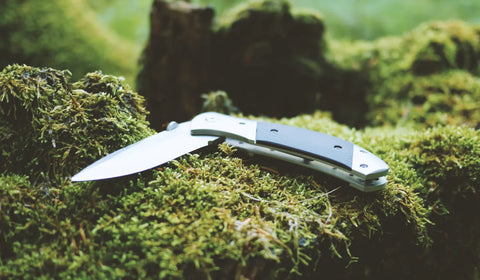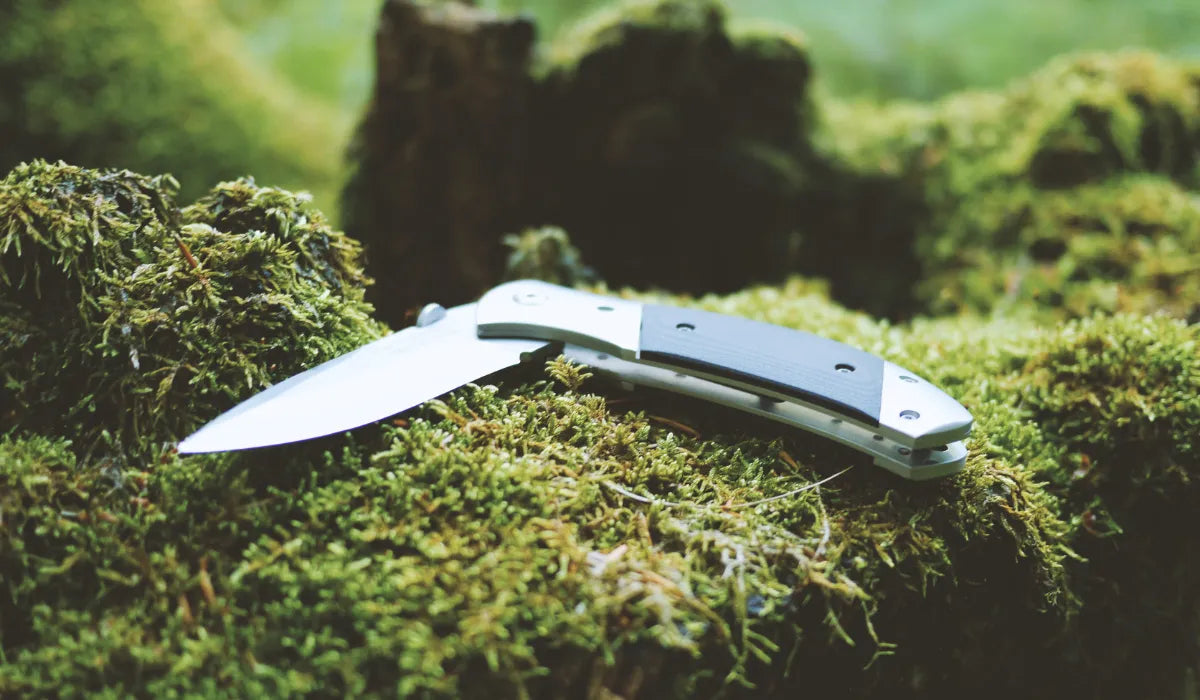Knife Blade Shapes Unveiled-An Essential Guide to Choosing the Best
Choosing the right knife blade shape can significantly enhance your culinary experience or outdoor activities. With a myriad of options available, understanding the different knife blade shapes and their specific uses is vital. This guide will help you navigate the world of knife blades, ensuring you select the best one for your tasks. From versatile chef's knives to specialized outdoor blades, let's explore the diverse range of knife blade shapes and what they offer.
The Anatomy of Knife Blades
Before diving into knife blade shapes, it’s important to understand the basic anatomy of a knife blade. A knife consists of several integral parts:
- Blade: The main cutting part, usually made of high-quality steel.
- Edge: The sharpened side where cutting occurs.
- Tip: The front part for precision tasks.
- Spine: The top, unsharpened edge for strength.
- Handle: Where you grip, available in various materials.
Understanding these components can help you appreciate the unique characteristics of each blade shape and how they influence cutting performance.
Standard Knife Blade Shapes
Knife blades come in different shapes, each designed for specific functions. Here are some of the most common blade shapes you will encounter:
Chef's Knife Blade
The chef's knife is a staple in kitchens worldwide, known for its versatility. Its broad, tapered shape allows for a rocking motion, making it perfect for chopping, dicing, and slicing. Typically ranging from 6 to 12 inches in length, this knife can handle various tasks, from prepping vegetables to slicing meat.
Santoku Knife Blade
The Santoku knife originates from Japan and features a shorter, wider blade. With a length of about 5 to 8 inches, it excels at slicing, dicing, and mincing. Its granton edge, which consists of small indentations, prevents food from sticking to the blade, making it ideal for fine tasks such as sushi preparation.
Paring Knife Blade
The paring knife is a small but essential tool with a blade typically around 3 to 4 inches long. It is designed for precision cutting, making it perfect for peeling fruits, deveining shrimp, or creating decorative garnishes. Its nimble design allows for easy maneuvering and control.
Bread Knife Blade
Featuring a serrated edge, the bread knife is specifically designed for slicing through crusty bread without crushing it. The serrations grip the bread and create clean slices. It is essential for anyone who enjoys homemade bread or regularly serves baked goods.
Fillet Knife Blade
Fillet knives have long, flexible blades, ideal for filleting fish. They allow for smooth, precise cuts along the spine, making fish preparation effortless. Utilized by anglers and chefs alike, this knife ensures tender, well-prepared fish portions.
Choosing the Right Knife Blade for Your Needs
When selecting a knife blade, knowing the specific tasks you plan to perform is crucial. Here are some tips for making the best choice:
- Identify Your Cooking Style: Different knife styles cater to various culinary needs. Assess your tasks to determine which blade types will be most beneficial.
- Comfort and Grip: The handle's design influences control and comfort during use. Always hold a knife before purchasing to ensure it feels right in your hand.
- Consider Usage Frequency: Invest in high-quality blades for knives you use frequently and opt for budget-friendly alternatives for those used less often.
Knife Blade Materials
The material of a knife blade significantly impacts its performance and maintenance. Here are some common materials you may encounter:
Stainless Steel
Stainless steel is favored for its corrosion resistance and ease of maintenance. While it may not hold an edge as long as high-carbon steel, it remains a reliable choice for both professional and home cooks.
High-Carbon Steel
High-carbon steel blades are known for sharpness and edge retention. However, they require more care to prevent rusting. A well-crafted Damascus steel pocket knife is an example that balances beauty with functionality, providing an exceptional cutting experience.
Damascus Steel
Damascus steel features a beautiful layered design, combining different types of steel. This creates a blade that is not only functional but visually striking. Knives made from this material provide excellent sharpness and edge retention.
Maintaining Your Knife Collection
Proper maintenance ensures that your knives perform at their best for years to come. Here are some essential tips:
Regular Sharpening
Keep your knife blades sharp for effective cutting. Regular honing and occasional professional sharpening will maintain the blade's edge.
Proper Cleaning
Always wash your knives by hand with warm, soapy water. Avoid the dishwasher, as the heat can damage the blade.
Smart Storage
Store knives properly using a magnetic strip or knife block to prevent dulling and damage. Avoid loose storage in a drawer.
Conclusion: Elevate Your Cutting Experience
Choosing the right knife blade shape can profoundly impact your culinary journey. Whether you opt for a versatile chef's knife or a delicate fillet knife, understanding the various blade types and their uses enables you to enhance your kitchen skills. By investing in high-quality knives and maintaining them properly, you can ensure a rewarding cutting experience for years to come. Whether you're a passionate cook or an outdoor enthusiast, the right knife awaits you to elevate your tasks and culinary creations.
FAQ About Knife Blade Shapes
What is the best knife blade shape for everyday use?
A chef's knife blade is often considered the most versatile for everyday kitchen tasks due to its design.
How do I choose a knife blade for outdoor activities?
For outdoor tasks, consider a fixed-blade knife with a drop point or tanto blade for durability and versatility.
What materials are best for knife blades?
Stainless steel and high-carbon steel are popular choices, depending on your maintenance preferences and required sharpness.
How often should I sharpen my knives?
Regular honing after each use and professional sharpening every few months will keep your knives in optimal condition.


